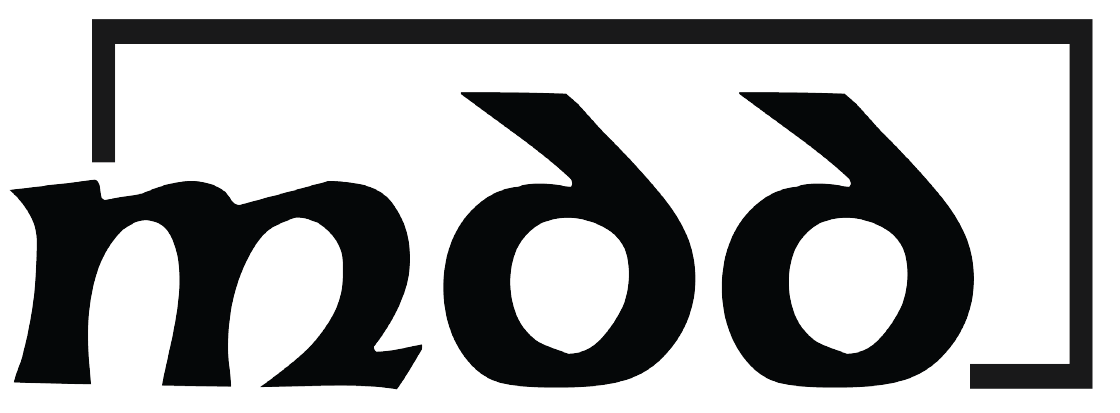Webinally 🍿 Get ahead in Instructional Design
Recently I took part in this webinar hosted by Genial.ly all about getting ahead in Instructional Design. I was speaking with John Kilroy of the Digital Learning Institute. I completed the Professional Diploma in Digital Learning Design with them earlier this year and can’t recommend it enough. We go into a few tools that are really helpful to know about like Padlet, Miro, Genial,ly (of course) and Canva.
Course Calendar iFrame
This was done manually. 🥴 I’m sure there’s plenty of better ways to create a rich iframe schedule. I looked into Calendly and found you have to get a paid account for the equivalent. Please if there is someone out there that can suggest something that is aggregated by Google Calendar, please let me know.
Scoping and Analysis Document
The Context
I have just started as the Learning Technologist in the Royal College of Surgeons Ireland in the Health Professions Education Centre (HPEC). This department provides consultancy, training and formal teaching qualifications.
The Course
The main qualification we offer is the Postgraduate Diploma in Health Professions Education. This is a two semester long course which gives participants a NFQ Level 9 degree. For several years, this qualification has been run internally however this year we are taking in our first cohort of external candidates. The course is run over 8 months, starting in August. Previously we took in 30 students a year but we will be increasing by 10 each year until we get to 80.
WHO
Personas
In order to create personas, I drew inspiration from previous student work, analytics and feedback from our VLE. Using this research I created four personas to best identify the various identities, goals and needs of our candidates.
WHAT
This is a four module course ran over 2 semesters. Each module is 8 weeks long and is topic based. At the end of each module there is an assignment, which is essay based. However the content of these essays are usually reflections on formative work done each week such a reflective journals, teaching demos, etc.
The course is run entirely online with one workshop each week on a Tuesday. Attendance to the Tuesday session is mandatory and participants are asked to keep protected time towards this.
HOW
The course is delivered online through mostly asynchronous content. There is one live session a week, that takes the format of a workshop. This is delivered through Blackboard Collaborate and pre recorded video sessions on Panopto.
The following principles guide the design of the course:
ADDIE – We gain feedback and update the course in a cycle Community of Inquiry – We create means of dialogue and expression UDL – We create accessible learning materials
SOLO – We use meaningful self assessment rubrics and checklists
CONCLUSION
The analysis and scoping activity was especially beneficial to me as I started my new job as a Learning Technologist in RCSI. The process helped me ask more meaningful questions and really try to understand students and the institution. The process was so good in fact, that I think I will update the document each year to keep making it more relevant for the course.
Feedback Matrix
This is a quick intro to the Feedback Matrix and why it’s helpful in peer feedback, peer assessment, group work and students giving feedback to the teacher.
One of the biggest problems I encountered with feedback while working in Further Education is that we often throw it into a lesson without discussing the nature of feedback itself. We have to teach students how to give and receive feedback for it to be high quality and effective. We also have to set it up so that we are sensitive to any tensions in the class.
Another issue that can arise with feedback is that students might think they are generous by not giving any. They feel the quality of the work is high, and they shouldn’t give critique. But there are always ways to improve. Considering Vygotsky’s Zone of Proximal Development, we should always give students feedback, even if they are doing well.

Looking to see how creative industries deal with feedback, I came across Hedi Schaefer’s Feedback Matrix. It has a heart for “Things I like”, an X for “Things I didn’t like”, a lightbulb for “Here’s an idea”, and a question mark for questions you want the person to answer or consider.
I understand that this comes from UX Design and Design Thinking methods — so I had to assess how to bring it into a classroom. The question part is definitely something we should think about in terms of leading questions and reflective practice. Perhaps we can draw their attention to something or elicit them to explain their rationale.
One of the really successful things about this matrix is stressing that even if you liked everything, you still leave something in the “Things I didn’t like” area. Again, this is very ZPD and keeps everyone on their own journey to progress.
When I use this in a classroom, I try to dedicate one entire class to feedback itself. This means we start with some sort of pair discussion about times when we got feedback and watch a video on effective feedback techniques. We look at the tenants of good feedback, such as the buy-in “Can we have a chat?” instead of unsolicited feedback. We read several case studies and discuss best practice for feedback. Then finally — the students do their first Feedback Matrix on the class I just gave, and then I show follow-through by circling their ideas and showing I am going to take action. Only after will we start using it in a regular classroom context.
